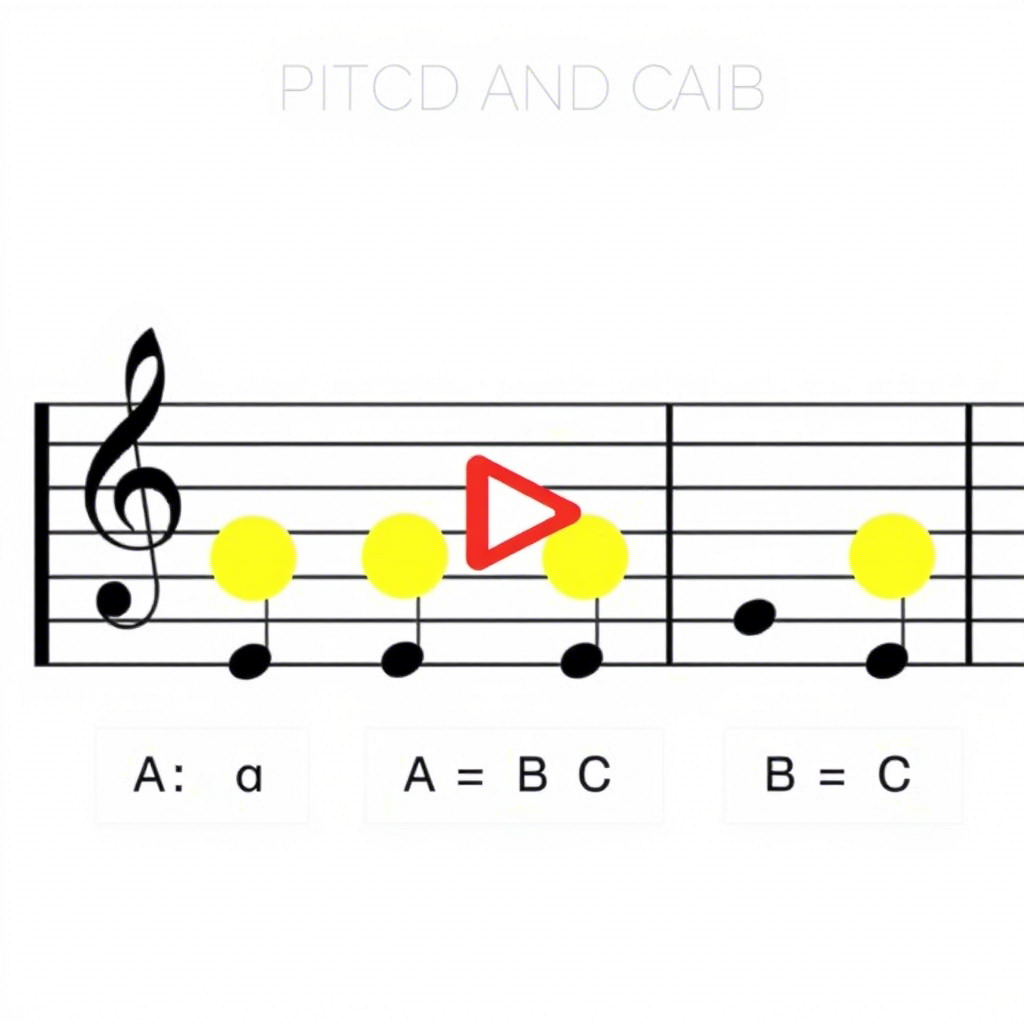⏱️ Tempo in Music – AP Music Theory Full Guide
🎶 What is Tempo? Tempo is the speed at which music is played. It affects the feel, emotion, and interpretation of a piece. Tempo is often indicated at the beginning of a score and sometimes changes throughout the piece. In AP Music Theory, understanding tempo helps you: How Tempo Shapes Music 1. Emotional Impact 2. […]
⏱️ Tempo in Music – AP Music Theory Full Guide Read More »

